Introduction
Stir-fried baby clams, known in Chinese cuisine as 炒薄壳 (chǎo báo ké), is a dish that embodies the essence of coastal Chinese cooking. Originating from regions like Guangdong and Fujian, where fresh seafood is abundant, this recipe combines the briny sweetness of tiny clams with a symphony of aromatic spices and savory sauces. The dish is celebrated for its simplicity yet profound flavor, making it a staple in home kitchens and bustling night markets alike. This article delives into the history, techniques, and nuances of crafting the perfect 炒薄壳, offering a comprehensive guide for both novice cooks and seasoned chefs seeking to master this beloved classic.
The Allure of 炒薄壳: A Brief History
The dish’s roots trace back to China’s southern coastal provinces, where fishing villages have long relied on the sea’s bounty. 薄壳 (báo ké), or “thin-shelled clams,” are small, delicate mollusks prized for their tender meat and rapid cooking time. Unlike larger clams, which require prolonged simmering, baby clams cook in minutes, retaining their natural juices and a crisp texture. The name 炒薄壳 literally translates to “stir-fried thin shells,” a testament to the quick, high-heat cooking method that defines the dish.
Historically, 炒薄壳 was a humble meal for fishermen and farmers, prepared with minimal ingredients but maximized flavor. Over centuries, it evolved into a culinary icon, appearing on banquet menus and street food stalls. Today, it symbolizes the balance between simplicity and sophistication—a dish that requires precision yet rewards with unparalleled umami.
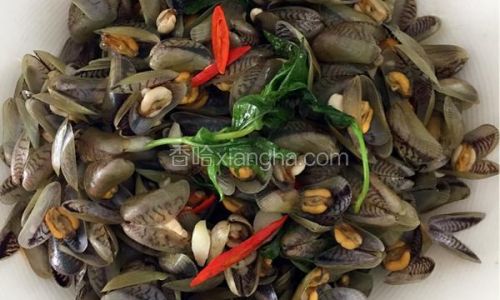
Ingredients: The Foundation of Flavor
To recreate 炒薄壳 authentically, selecting the freshest clams is non-negotiable. Look for live, tightly closed shells; discard any with cracked or open ones. The supporting cast of ingredients includes:
- Aromatics: Garlic (8–10 cloves, minced), ginger (2-inch piece, julienned), and shallots (4, sliced) form the flavor base.
- Spices: Dried red chilies (4–6, depending on heat preference) and Sichuan peppercorns (1 tsp) add a tingly warmth.
- Sauces: Light soy sauce (2 tbsp), oyster sauce (1 tbsp), and Shaoxing wine (1 tbsp) create the signature savory-sweet glaze.
- Oil: Peanut or vegetable oil (3 tbsp) ensures high-heat cooking without smoking.
- Garnishes: Fresh cilantro (½ cup, chopped) and basil leaves (¼ cup) elevate the dish with herbal freshness.
Preparation: The Ritual of Cleaning and Mise en Place
1. Cleaning the Clams
Baby clams often harbor sand, which can ruin the dish’s texture. To purge them:
- Rinse the clams under cold water to remove surface debris.
- Soak in saltwater (3 tbsp salt per quart of water) for 1–2 hours, stirring occasionally. This encourages the clams to expel sand.
- Scrub each shell with a stiff brush to dislodge stubborn grit.
- Drain and rinse again until the water runs clear.
2. Prepping the Aromatics
- Garlic: Mince finely to release its pungent oils.
- Ginger: Julienne into thin strips for a subtle heat.
- Shallots: Slice into thin rings to caramelize during cooking.
- Chilies: Deseed and chop for controlled spiciness.
3. Mixing the Sauce
Combine soy sauce, oyster sauce, Shaoxing wine, and a pinch of white pepper in a bowl. This mixture ensures even seasoning and prevents overcooking the clams.
Cooking Technique: Mastering the Wok
1. Heating the Wok
A well-seasoned carbon-steel wok is ideal. Heat it over high flame until drops of water evaporate instantly. Add oil and swirl to coat the surface.
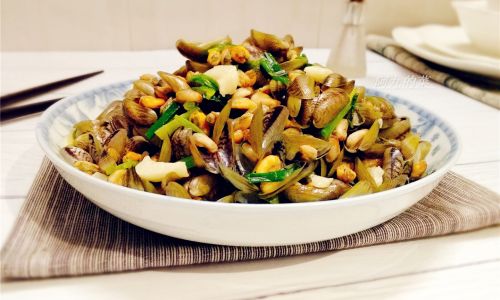
2. Stir-Frying Aromatics
Add garlic, ginger, shallots, and Sichuan peppercorns. Stir-fry for 30 seconds until fragrant but not browned. The goal is to infuse the oil with flavor without burning the aromatics.
3. Adding the Clams
Toss the clams into the wok. Stir vigorously to coat them in the aromatic oil. The high heat will cause the clams to open gradually, releasing their briny liquor.
4. Deglazing and Steaming
Pour the sauce mixture over the clams. Cover the wok immediately to trap steam, which helps cook the clams evenly. Steam for 2–3 minutes until most shells have opened.
5. Finishing Touches
Uncover the wok and increase the heat to reduce the sauce. Add cilantro and basil, tossing gently. The residual heat will wilt the herbs, imbuing the dish with fragrance.
Tips for Perfection
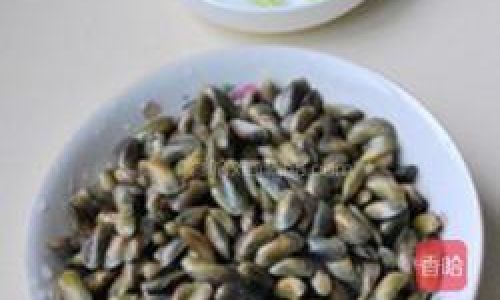
- Timing: Overcooking clams makes them rubbery. Remove from heat as soon as shells open.
- Spice Control: Adjust chili quantities or omit Sichuan pepper for milder versions.
- Sauce Consistency: For a glossier finish, stir in 1 tsp of cornstarch mixed with water during the reduction phase.
- Variations: Experiment with black bean sauce for a fermented depth or doubanjiang for a spicy Sichuan twist.
Serving Suggestions
炒薄壳 shines when paired with steamed jasmine rice, which absorbs the flavorful sauce. For a heartier meal, serve with hand-pulled noodles or fried mantou buns. In coastal regions, it’s often enjoyed with cold beer or chrysanthemum tea to balance the heat.
Health and Nutritional Benefits
Baby clams are a nutritional powerhouse, rich in:
- Protein: Essential for muscle repair and immunity.
- Iron: Combats anemia and boosts energy.
- Omega-3 Fatty Acids: Supports heart and brain health.
- Vitamin B12: Aids nerve function and red blood cell production.
However, those with shellfish allergies should avoid this dish.
Cultural Significance
炒薄壳 is more than a meal—it’s a cultural touchstone. During Mid-Autumn Festival, families gather to stir-fry clams under the full moon, symbolizing unity and abundance. In Fujian, it’s a ritual offering to ancestral spirits, believed to bring good fortune.
Troubleshooting Common Pitfalls
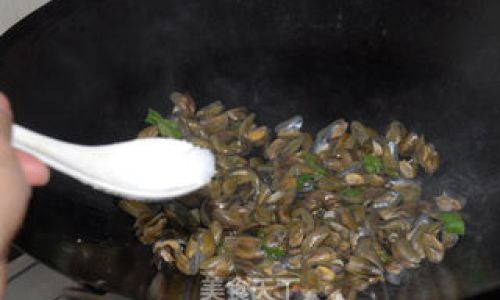
- Sandy Texture: Inadequate purging. Always soak clams in saltwater.
- Bitter Aftertaste: Burnt garlic or ginger. Cook aromatics over medium heat.
- Tough Clams: Overcooking. Remove from heat once shells open.
- Bland Flavor: Underseasoning. Taste and adjust sauce before serving.
Beyond the Basics: Creative Adaptations
- Vegetarian Twist: Substitute clams with oyster mushrooms or king trumpet mushrooms for a meaty texture.
- Gluten-Free Option: Use tamari instead of soy sauce and ensure oyster sauce is gluten-free.
- Exotic Fusion: Toss with Thai basil, lime zest, and fish sauce for a Southeast Asian flair.
Sustainability and Ethical Sourcing
As demand for seafood grows, opt for farmed clams from certified sustainable sources. Avoid wild-caught varieties from overfished regions. Support local fisheries adhering to eco-friendly practices.
Conclusion: The Joy of 炒薄壳
炒薄壳 is a testament to the beauty of simplicity. With just a handful of ingredients and mastery of wok techniques, anyone can recreate this coastal classic. Whether enjoyed as a weeknight dinner or a festive centerpiece, it bridges tradition and innovation, offering a taste of China’s culinary heritage. So fire up your wok, embrace the sizzle, and savor the magic of stir-fried baby clams—a dish where every bite tells a story.

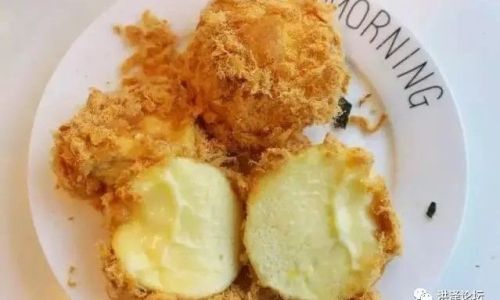
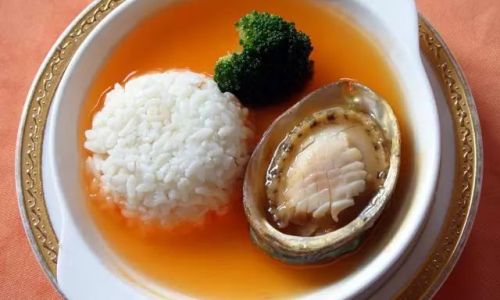
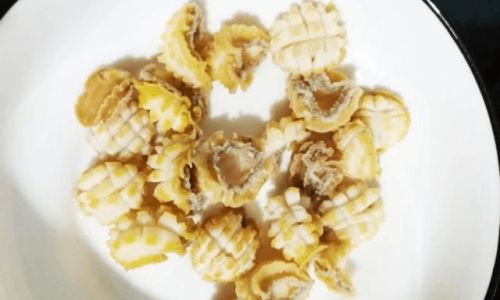
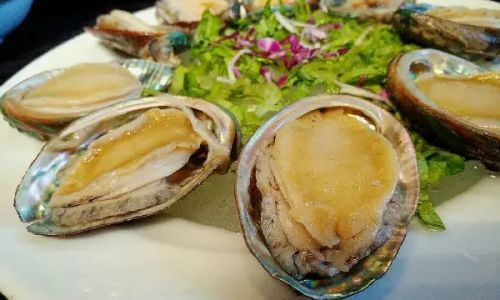
0 comments